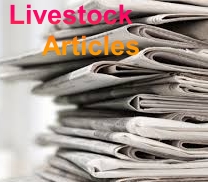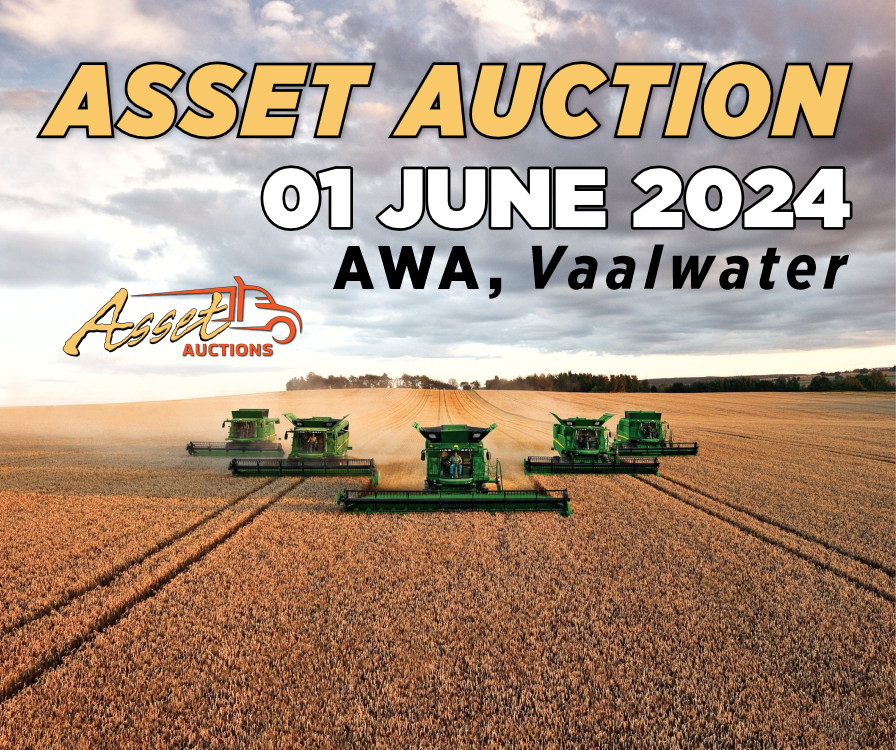Feeding Facilities Required
Jersey cows feeding from a feeding trough.
While looking to buy dairy cows when starting a dairy farm, some basic feeding facilities must be put in place before bringing cows to the new farm. Constructing facilities while cows are adapting to the new farm would stress them and harm their milk yield.
Lactating cows need a place where they can eat and be milked at least twice daily and an area to lay down to rest. Housing facilities for dry cows, calves and heifers of different ages are also required. Facilities required depends on the feeding system to be used.
Pasture-based System for Dairy Cows
Grazing land should be big enough to ensure enough food per cow. An area of 1 ha for every 3 lactating cows is recommended.
For a pasture-based system, an area of grazing land with grass is required. The size of the pasture should be at least one hectare for every three lactating cows with an additional grazing area for dry cows and heifers. The pasture-based system also requires a storage facility for irrigation equipment to irrigate the pastures.
This is needed to supplement the natural rainfall, which can be irregular due to seasonal and long-term droughts. A pump and irrigation lines to the supply water for the pasture are required. Water troughs for drinking should also be provided on the pasture. This may be a fixed or a movable trough.
Zero-grazing System for Dairy Cows
In a zero-grazing system, cows are fed a total rations and are grouped together per age group like this group of heifers on a dariy farm outside Swellendam.
An native system is a zero-grazing system. Cows are fed a total mixed ration (TMR) twice a day. A TMR is a method of feeding cows that combines forage, grain, protein feeds, minerals, vitamins and feed additives into a single feed mixture. Animals are grouped and fed according to their production stages. For example, a dairy farmer would have separate open pens for lactating cows, dry cows, heifers of different ages and calves.
Each pen should have a feed and water trough of cow-specific sizes being smaller or narrower troughs for calves. Pen surfaces can be soil or concrete based. Soil based pens require a large area of about 50 to 100 m2 per cow depending on the intensity and rainfall pattern.
To improve drainage, the pen surface should slope away from the feed trough. If not, trampling around the feeding trough can cause deep mud and unhygienic conditions. A concrete apron at least 2-3 m wide along the feed trough, could prevent the area becoming wet and muddy.
Good Feed, Good Condition
In addition to good quality feeds (hay, silage and pastures) diary cows should have fresh clean water to drink.
The amount of milk a dairy cow will produce every day depends on her genetic merit and the feeding programme. Low quality feeds should not be fed to high genetic merit cows. Milk production will be poor with cows losing body condition. They will become thin which will negatively affect their fertility.
Cows are fed forages like pasture, hay or silage. The feeding value of forages differs ranging from poor (straw) to high (cultivated pastures). The milk yield of cows on straw will be poor and higher on cultivated pasture.
Pasture vs Zero-grazing Feeding Systems
Dairy cows feeding on a pasture in the southern Cape.
In a pasture-based system, forages are harvested by the cows through their grazing. The amount of pasture available before grazing determines the milk yield of cows. Hay is fed in bales which weigh 12-25 kg each. Silage is collected from a silage bunker and is fed in a loose form. Silage is fresh grass or green fodder compacted and stored in airtight conditions.
Silage contains more moisture than hay; therefore a larger amount must be fed to ensure a similar dry matter intake as hay. Forage intake should be recorded once a week by weighing the amount being fed to cows and also weighing any leftover material. In a zero-grazing system, forage is fed to cows in feed troughs.
Breed and age of cows affect the amount to be fed daily, i.e. being higher for Holsteins than Jerseys while older cows require more feed per day than first lactation cows. The feed intake of Holstein cows ranges from 18-24 kg per day. Jersey cows, being smaller in size, require about 12-16 kg feed per day.








